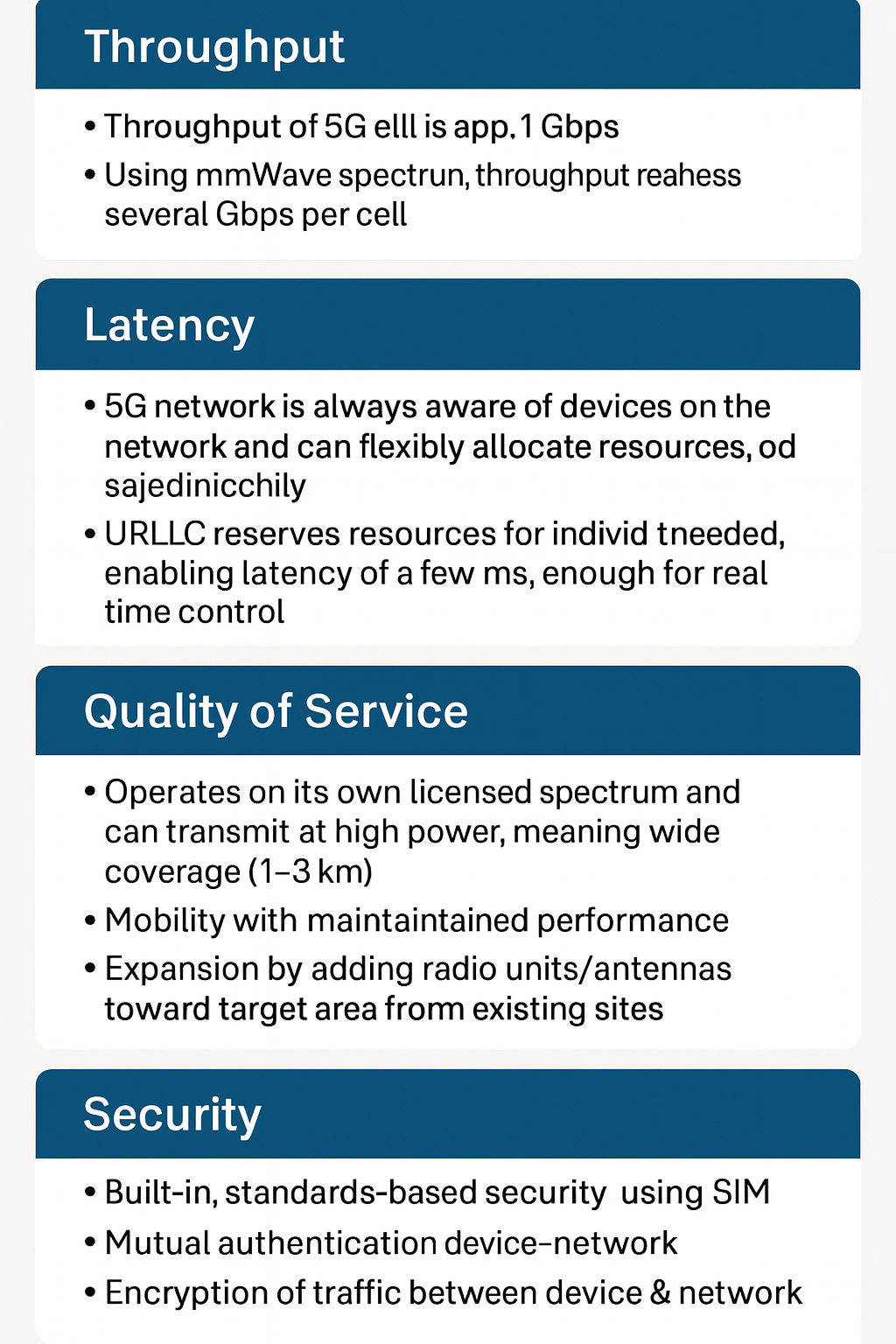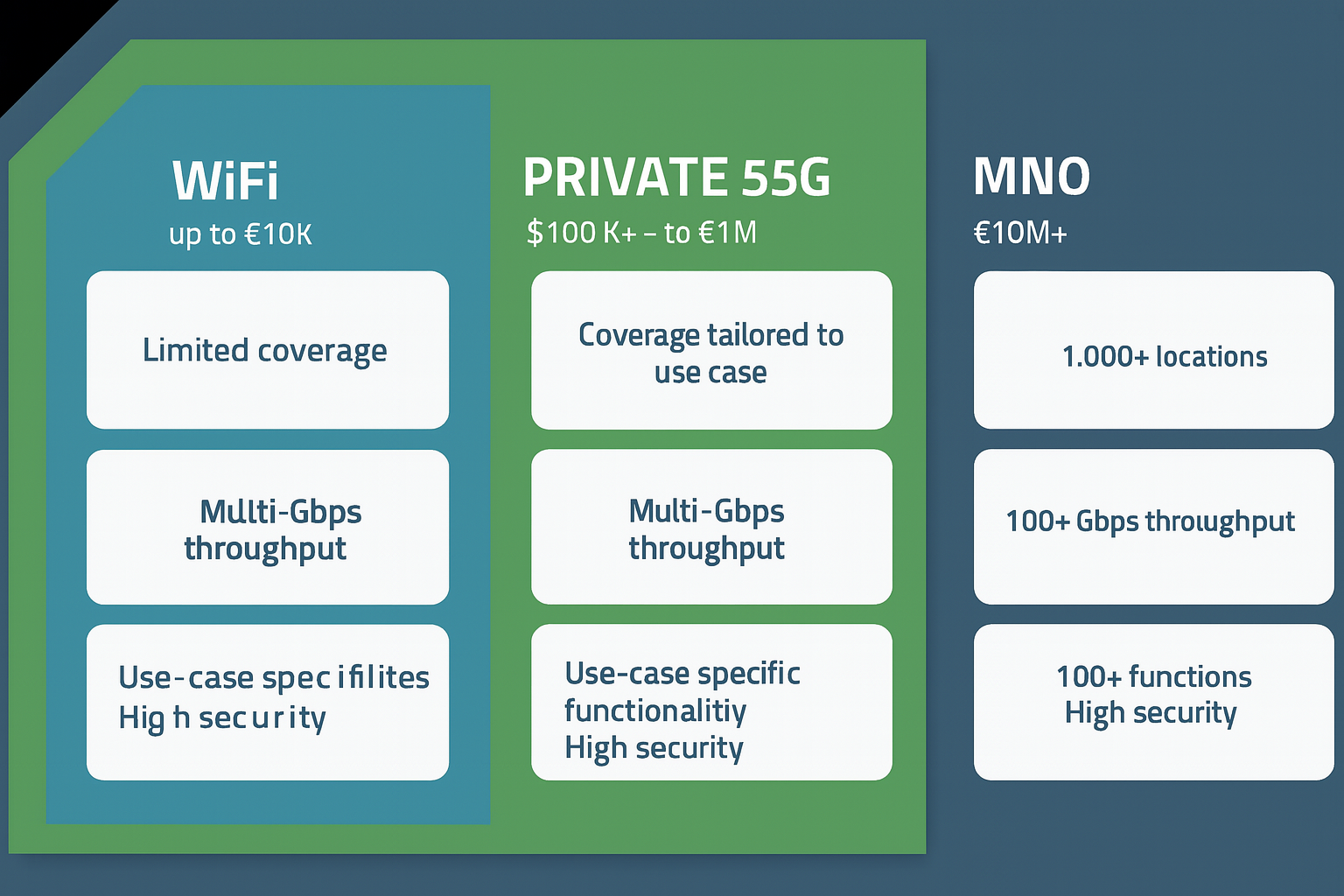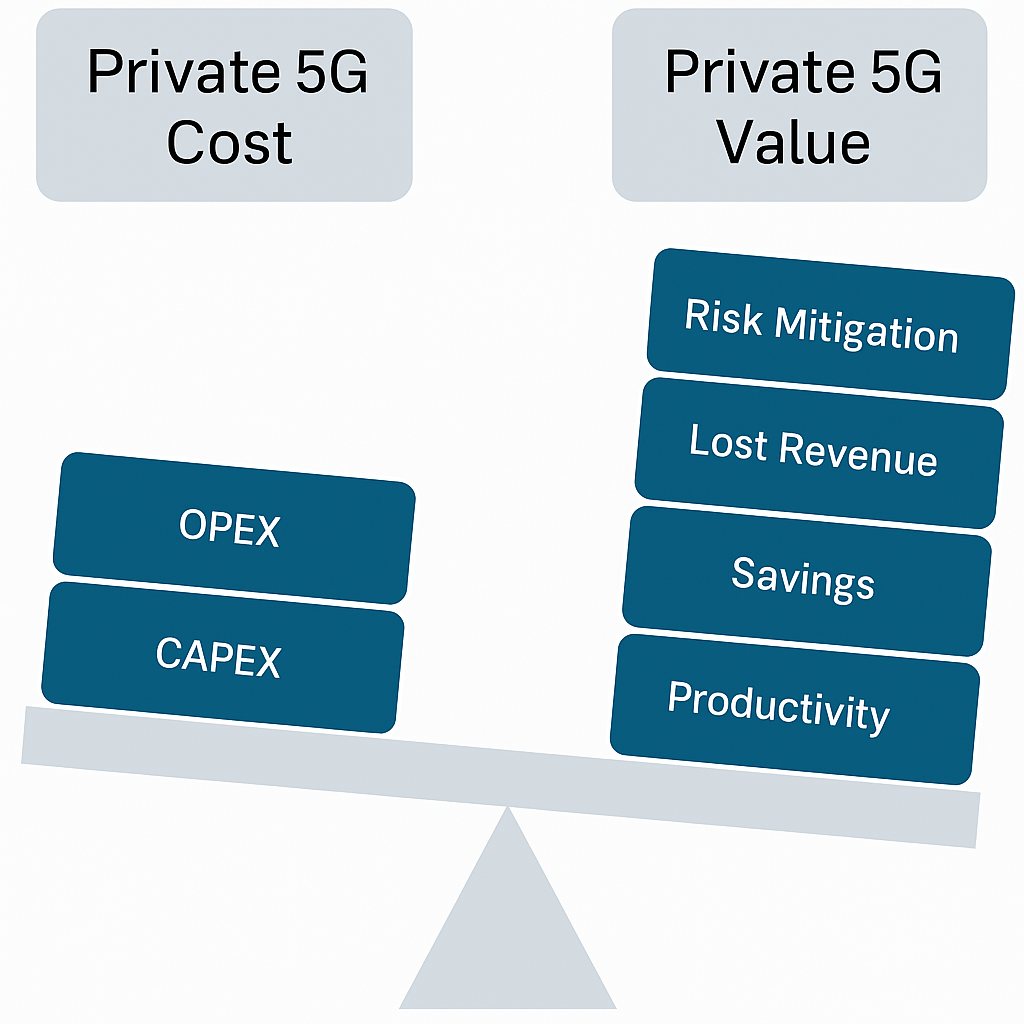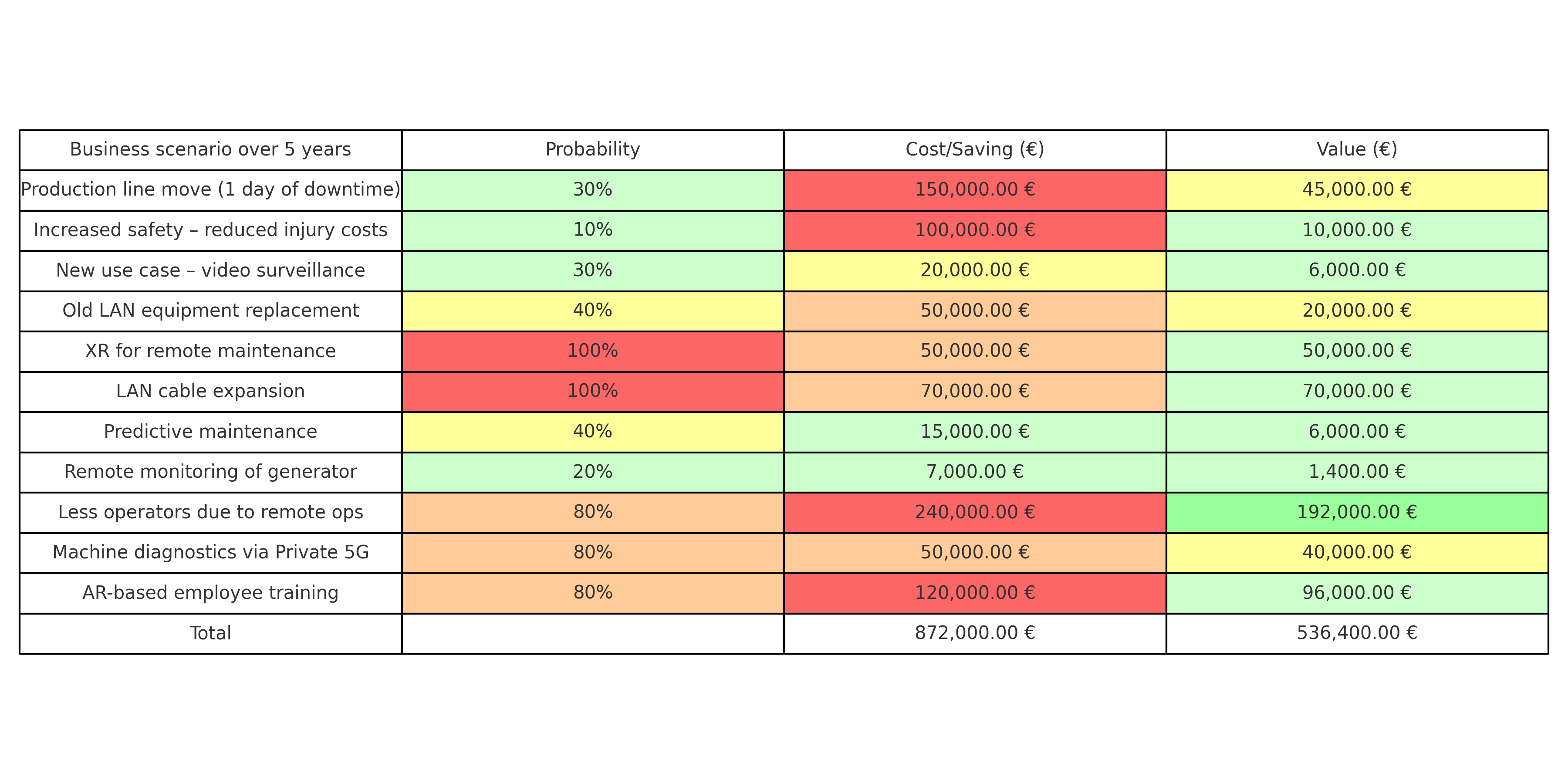These days, most mid-sized and large companies are already using some form of ERP (Enterprise Resource Planning) system to run their operations. We’re talking about tools like SAP, Microsoft Dynamics, Odoo, and the like. Honestly, using ERP in modern business isn’t optional anymore—it’s the industry standard.
ERP gives you real-time insight into your company’s financial health—something that used to take hours of manual work, spreadsheets, meetings, and chasing down updates. With a good ERP, data is just a click away. These systems are super flexible and can be customized to give you whatever info you need, when you need it. And they’re a game changer for automating and optimizing company workflows.
The same goes for CRM (Customer Relationship Management) tools like Salesforce or Monday, and for CAD/CAM software, production lines, PLC systems, robots, and so on.
Here’s the thing: all these systems need to talk to each other in real time to actually deliver the goods. That means you need a rock-solid communications setup—your entire operation depends on it.
Right now, the two go-to communication systems in most industries are:
- Wired LAN (Local Area Network), and
- Wireless LAN, better known as WiFi.
Both have their pros and cons (let’s just call them “challenges”), and here’s a breakdown:

Wired LAN vs. WiFi – What’s the Deal?
Both technologies can handle the bandwidth requirements of Industry 4.0. Wired LANs offer super low latency—down to milliseconds—which is perfect for real-time control. WiFi? You’re usually looking at latency around 10 ms, though it can spike higher. That’s because WiFi devices listen to the air (the medium) to decide when they can send data. With a ton of devices trying to connect, delays and even full-blown congestion can happen.
Plus, if you’ve got multiple WiFi networks in the same space—like factories or office parks—things can get messy real quick because they’re all using the same frequencies. That makes quality of service (QoS) hard to manage. In contrast, wired LANs don’t really deal with this, since every device gets its own wire. QoS is built into the physical setup.
But wired LANs have their downsides too: devices have to be installed near available ports. Running super long cables isn’t ideal—copper has its range limits, and in a fast-moving, busy environment like a factory floor, cables can be a safety hazard or easily damaged.
WiFi makes expansion easier—just install another access point and boom, you’ve got coverage. But when you need to extend wired LAN across hundreds of meters—say, for a new production line or to cover a far-off security camera—the construction cost can be massive. And WiFi won’t help much in this case either, because its range maxes out at around 100 meters thanks to limits on transmission power.
When it comes to security, wired LANs are tough to beat—you need physical access to plug in, and unused ports are usually locked down. WiFi has solid security too, but there are still risks like man-in-the-middle attacks and weak passwords.
Look, we’re not saying LAN or WiFi aren’t good enough for Industry 4.0—they totally are, and they’re being used successfully right now. What we’re saying is: sometimes you need a hybrid solution that combines the best of both worlds while solving the pain points we just talked about.
Private 5G Networks – Let’s Talk
5G brings together the mobility of wireless with the performance of wired connections.

You’ve probably heard of 5G from mobile providers. But Private 5G is a whole different beast. It’s mobile tech built specifically for business and industrial use. And cost-wise, it lands somewhere between WiFi and full-blown mobile carrier (MNO) 5G networks.

Setting up a business-grade WiFi network will run you roughly €100K.
Carrier-level 5G? You’re looking at tens of millions of euros. That’s because of the number of locations, the crazy-powerful gear, the massive data throughput, and all the complicated features needed to serve a huge number of users with decent service.
Private 5G is more expensive than WiFi, yeah—but you also get a lot more. And it’s way cheaper than building out an MNO-style 5G network. With Private 5G, you’re using equipment and features made specifically for your industrial setup. You only cover the areas you need. That means your investment is somewhere between €100K and €1M, depending on how big your coverage area is.
You’re Spending Money—But You’re Getting Value
Back to the whole point of this article: your business relies on having a solid communication layer to keep things running. So, is it worth dropping, say, €350K on a Private 5G network?
Let’s be real—nobody questions the cost of rolling out an ERP, CRM, or PLC system anymore. That’s because the value they deliver is a no-brainer. So let’s check out the value of Private 5G to see if it’s worth the investment.

Any solution—Private 5G included—has two main cost components:
- CAPEX (Capital Expenditure): Your up-front investment, usually accounted for as depreciation over several years.
- OPEX (Operating Expenses): Ongoing maintenance and support costs.
A Simple Value Breakdown (Made Easy)
The challenge is putting that value into hard numbers. Sure, there are super complex formulas for this, but let’s keep it simple using probability-based logic.

Here’s a basic example:
- There’s a 40% chance that you’ll need to move your production line, and a 24-hour halt would cost you €50K.
- By using Private 5G, there’s an 80% chance you’ll need 2 fewer workers thanks to remote control features (savings of €240K over 5 years).
- Your old LAN setup will definitely need replacing in the next 5 years, costing €70K.
- Private 5G will definitely enable XR-based remote maintenance, letting you fix stuff faster and produce €50K more in product value.
Total expected value = €536,400
Compare that to your €350,000 investment, and the business case is looking pretty damn good.
But Don’t Get Cocky…
This model is super simplified, and you’ve gotta be careful with these kinds of calculations—for any investment. A rare event with a massive impact can sink the whole business. Like if there’s only a 5% chance of something going wrong, but the cost is €5M, you’re still looking at €250K in expected risk. If you ignore it and the event actually happens—you’re screwed.
So yeah, in this case we made a positive business case, but you might run the numbers and find it’s not worth it. And that’s fine! You’ve still got plenty of other options—LAN, WiFi, IoT, and more—to reduce your risk and keep things moving.
Markoja d.o.o. – Your Go-To for Private 5G
Markoja has been in the game for years, building and maintaining LAN, WiFi, and 5G systems. We even hold the frequency spectrum needed for Private 5G networks and already have a reference solution up and running.
We handle the whole process:
On-site assessment
Business case modeling
Implementation
Ongoing support and maintenance
Whether it’s LAN, WiFi, or Private 5G—Markoja’s got you covered.
